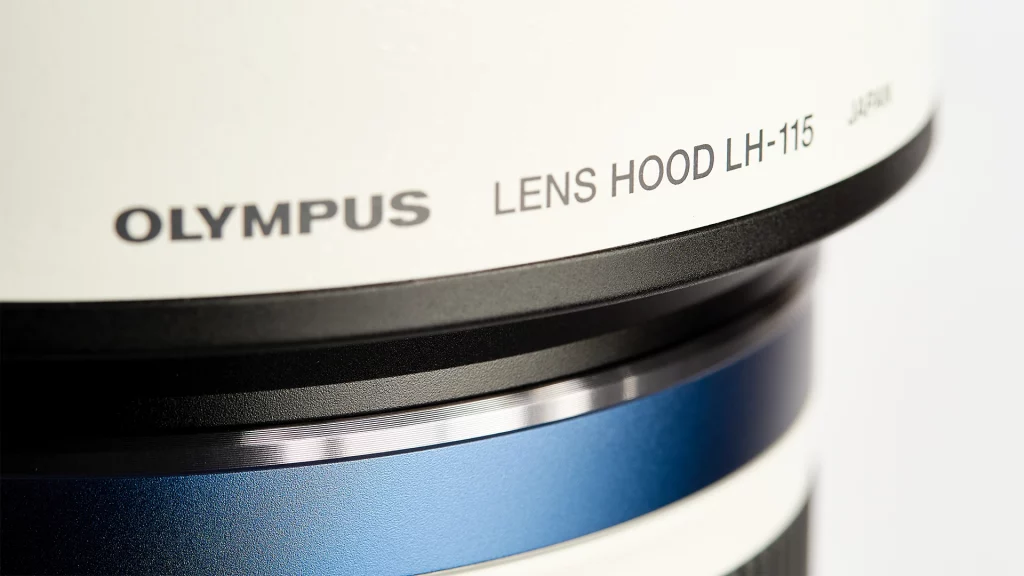Introduction
In marketing, it is popular to have short and easy messages. Those short messages allow reaching a big target group, as nobody has to study the topic in depth. In the case of photography is this message “the bigger the sensor, the better the image quality. At the time the first 35mm sensors, with the size of 36x24mm2, arrived in the market the manufactures called this format full-frame sensor. This name suggests to the end-user that this is the biggest available sensor and a clear statement, that the user buys the best available quality. In this communication, it is not mentioned that the sensor is only one of in total of four components, which are relevant for image quality. But there are more image quality factors of digital cameras.
Beside the sensor three additional components are essentially important for the image quality. Lens, image stabilisation and image processor. How those components influence the image quality I will show with simple examples. I hope my thoughts demonstrate, that in photography sensor size is not the only value which the user should monitor to make the correct decision, if they plan to buy a camera.
The lens as image quality factors
Factors influenced by lens
- Sharpness
- Resolution
- Contrast
The lens is the first element of the image quality chain and therefore the most important. In case your lens is not able to deliver details to the sensor, it is impossible that the result can show the details in the result. Due to the sensor specification, the lens requirements in digital photography are much higher than in analog times. Light rays, for example, should reach the sensor straight. Otherwise light rays which should reach i.e. the red pixel could reach the blue or green pixel. This would cause issues in colour processing, which should be avoided.
In analog time i.e. a 50mm F1.2 lens had 7 lens elements (Minolta Rokkor), today a modern 50mm F1.4 lens (Sony Planar T*FE 50mm F1.4 ZA) has 12 lens elements nearly twice as many. This value shows how big the development in lens technology has been since digital times started. As the lens is the most important element for image quality that some of the photographers invest most of their money in an expensive camera and not in the lens. In case the budget makes this decision necessary personally I would make it vice versa. In the end, you would keep the lens much longer as the camera.
The sensor as image quality factors
Factors influenced by the sensor
- Sharpness
- Image noise
- dynamic range
- resolution
After the lens, the sensor is the second element in the image quality chain. It has an influence on noise performance, dynamic range, and resolution, which means it influences the sharpness of an image. The sensor size influences the image noise and dynamic range only indirectly, but more in detail now.
Image noise / Dynamic range
If you want to look at the influence of the sensor size on the image noise you first have to make sure that technology improvements do not affect the result. Fortunately, I had a Sony Alpha 6000 and a Sony A7II available. Both cameras were introduced in 2014, so it can be assumed that the sensor manufacturing technology is the same. Also, both cameras have an identical number of pixels with 6000×4000 pixels. To find out how the results differ, I took a picture with both cameras, with the same lens and the same settings. The result looks like this.


Even in the preview, you can see that the A7 II has a larger dynamic range than the Alpha 6000. This is especially noticeable in the mouth. If you look at an enlarged section, it quickly becomes clear that the A7 II is less noisy.


It seems that the connection between sensor size and lower noise is confirmed and therefore most of the testers stop at this point with the comparison. But is really the truth? As the A7II as a function with which you can switch the area from 35mm format to APS-C format. In case the sensor size would have an effect this should be visible in images taken in this way. Let’s take a look at the comparison pictures.


As you can see the dynamic range is identical in both images, but what is the image noise.


Also, the noise is identical. Sensor size could not be the reason, that the noise performance of the Alpha 6000 higher is than the one of the A7 II.
The reason is the pixel size itself. As the Sony Alpha 6000 has the same pixel count on a smaller sensor area, the pixel itself is smaller, or in other words: the pixel density is higher. It isn’t as easy as it looks. The sensor size is no parameter for more or less noise performance, this has to be seen in conjunction with the pixel count.
The pixel size of an APS-C camera with 24 million pixels is equal to the pixel size of a 35mm format camera with 54 million pixels. Would I compare those cameras the noise performance would be identical.




Pingback: Why it doesn’t makes sense to define 35mm format as standard. – Michael Guthmann